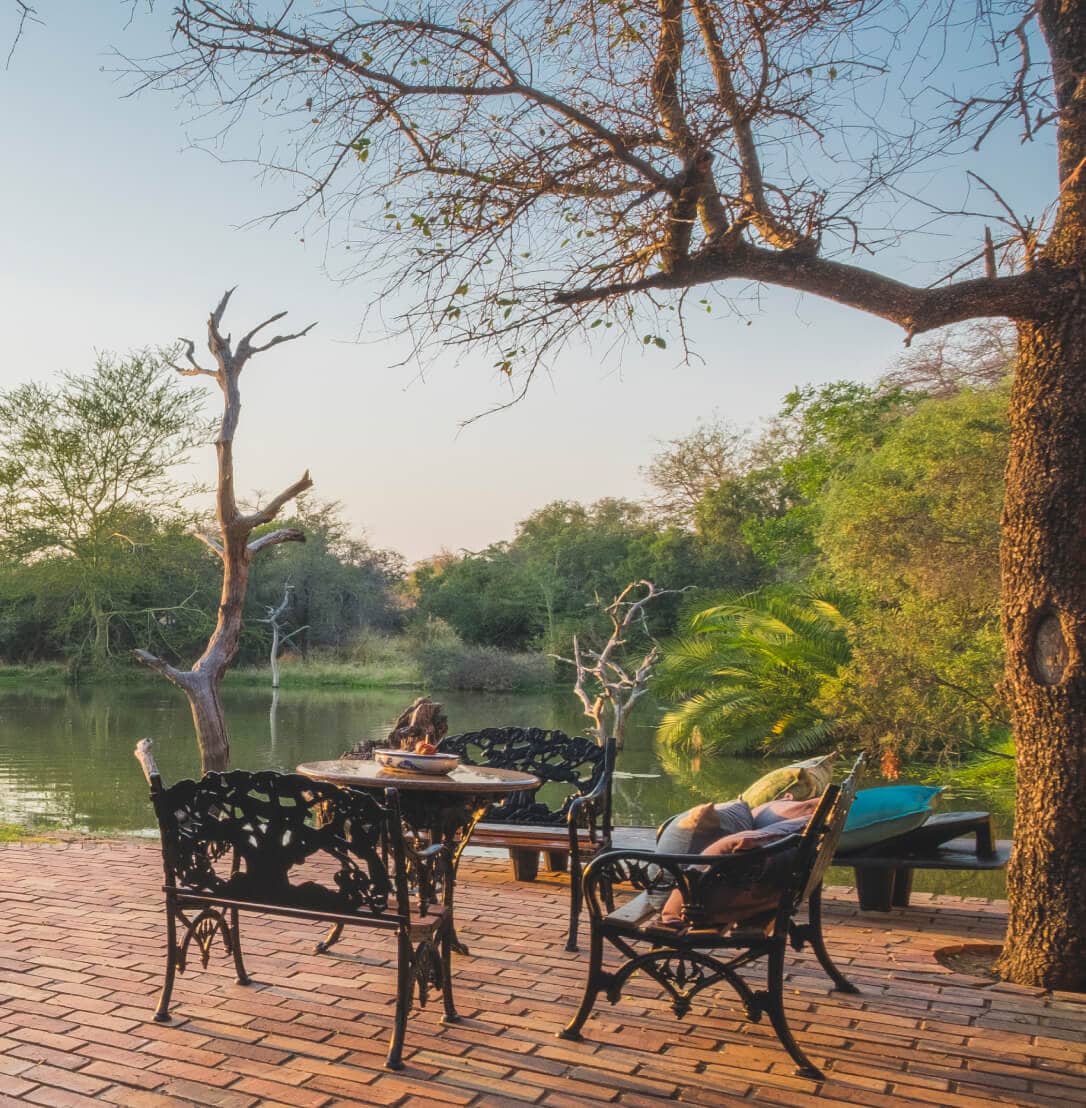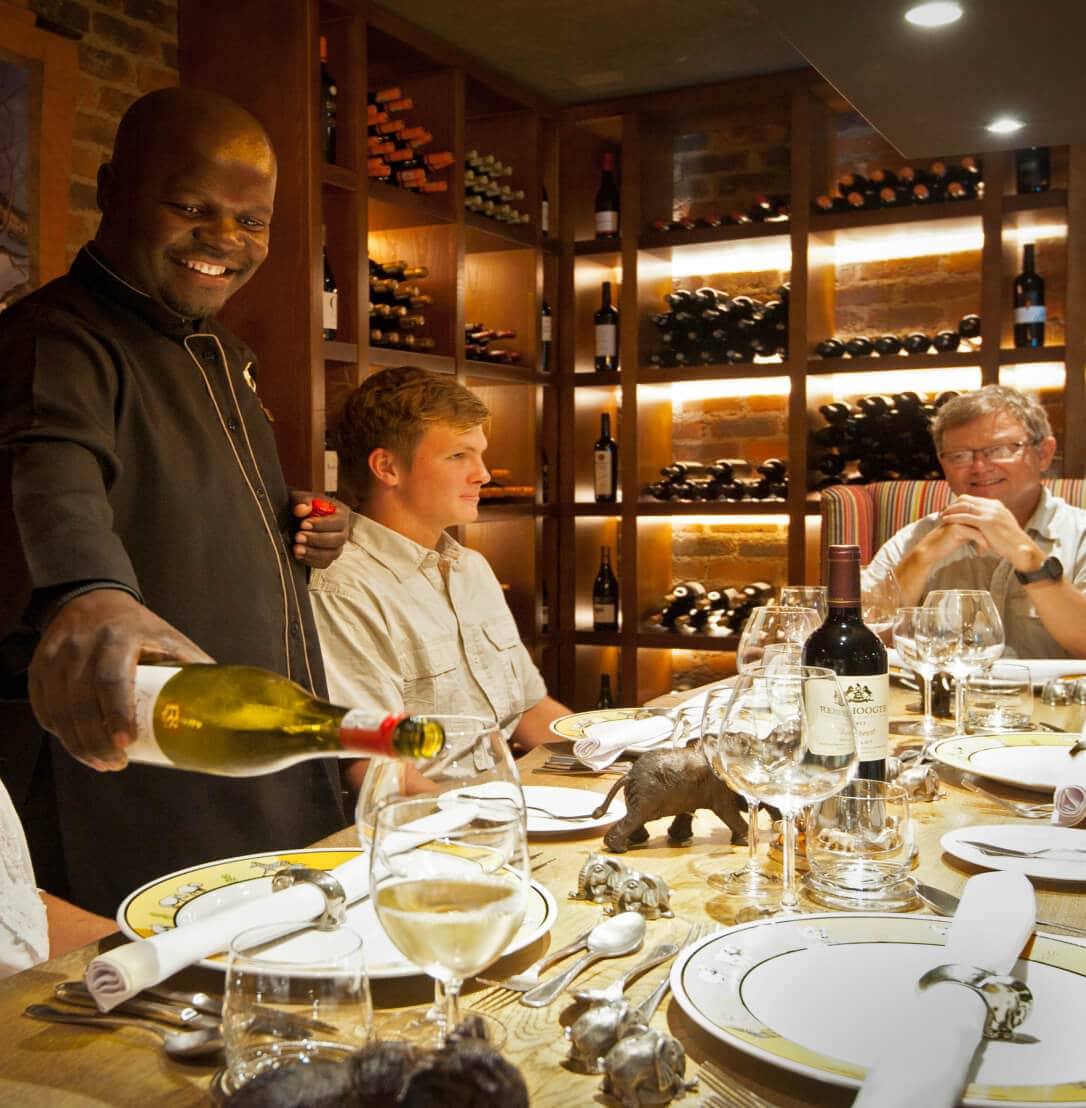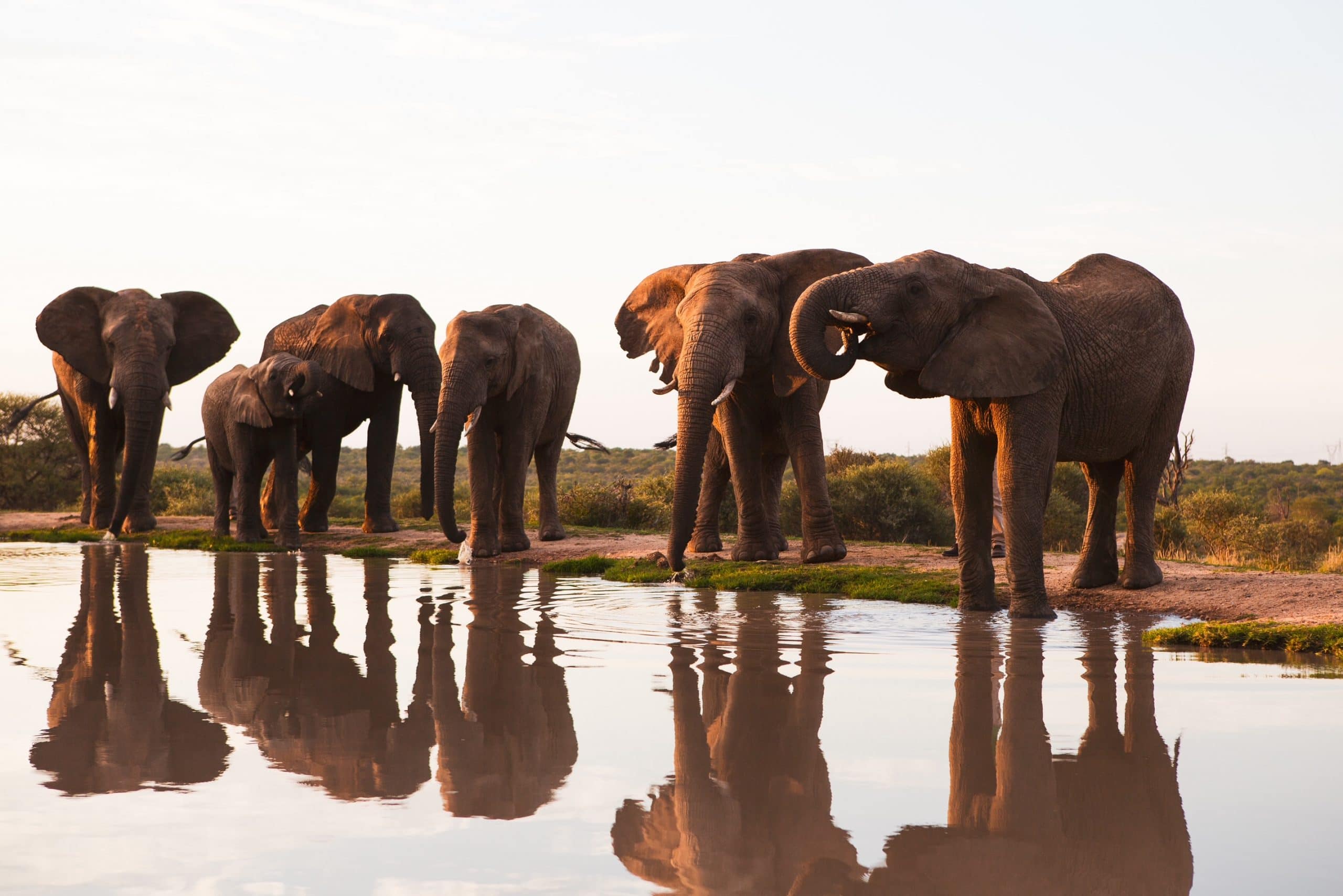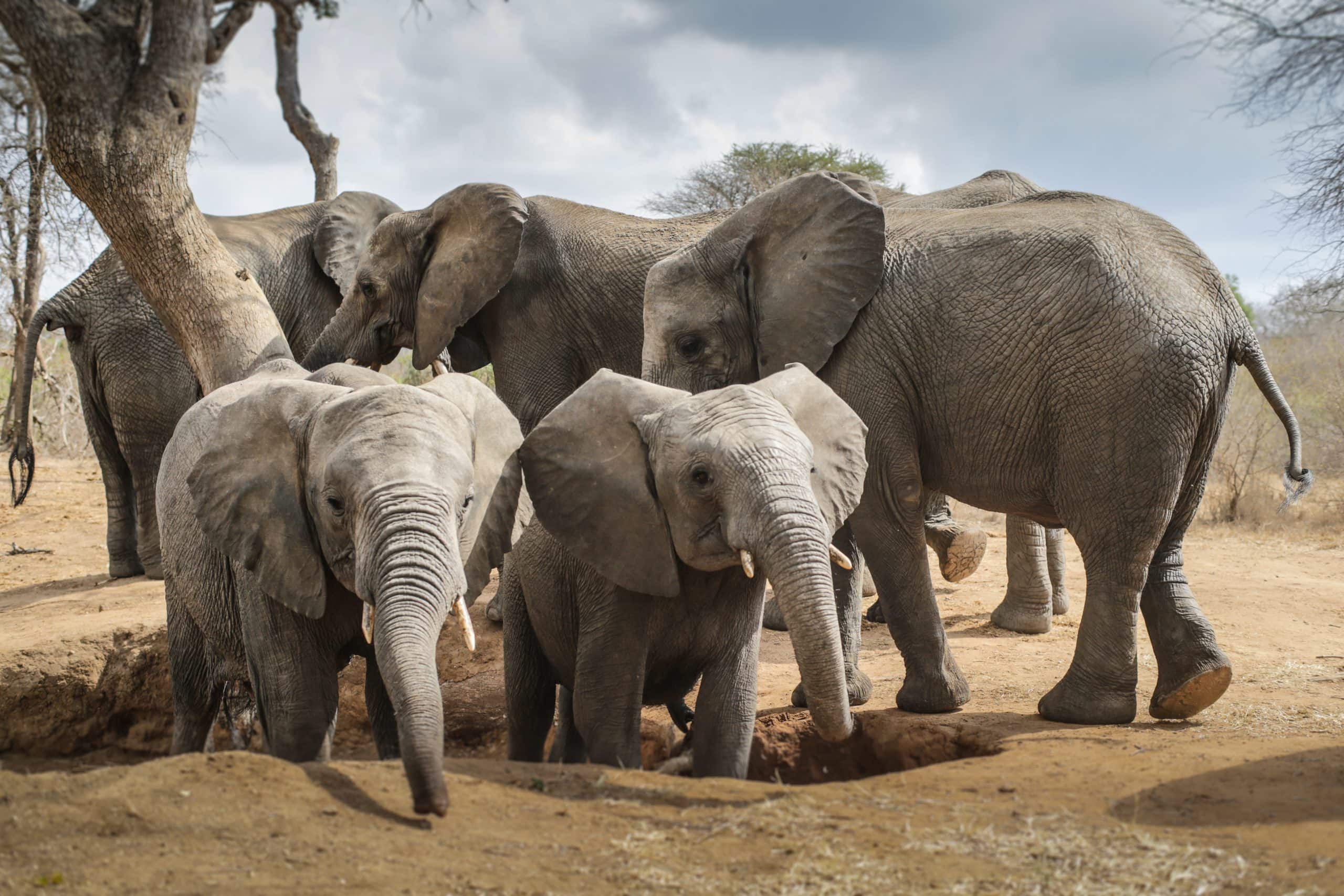Caring for Giants | A Tale of the Jabulani Elephants
by jabulanisafari
Take a walk with the Jabulani elephant herd, and discover insights into their family and carers at HERD, in this guest blog.
By Guest, Meg Anderson
Sixteen giants sway in the dawn. Towering silhouettes against the pastel pink and blue sky. Trunks reach out lazily towards one another, soft low rumbles rising amongst the morning soundscape of the South African bush.
HERD (Hoedspruit Elephant Rehabilitation and Development) is home to sixteen rescued elephants, each with a story and a unique personality. The initiative begun in 1997 with a four month old orphaned calf named Jabulani. In 2002, he was joined by a small herd of elephants rescued from a farm in Zimbabwe. Since then the herd has produced five calfs of their own and adopted three orphaned calfs from the wild.
The elephant carers enter the stables and greet their large friends. Sleepy trunks extend to familiar hands and faces, the elephants rumble and sway as the men speak calmly and warmly to them. There are twenty carers working at HERD, they rotate through elephants and shifts to prevent the elephants from developing unhealthy attachments, which could disrupt their progress and effect their ability to reintegrate into the wild in the future.
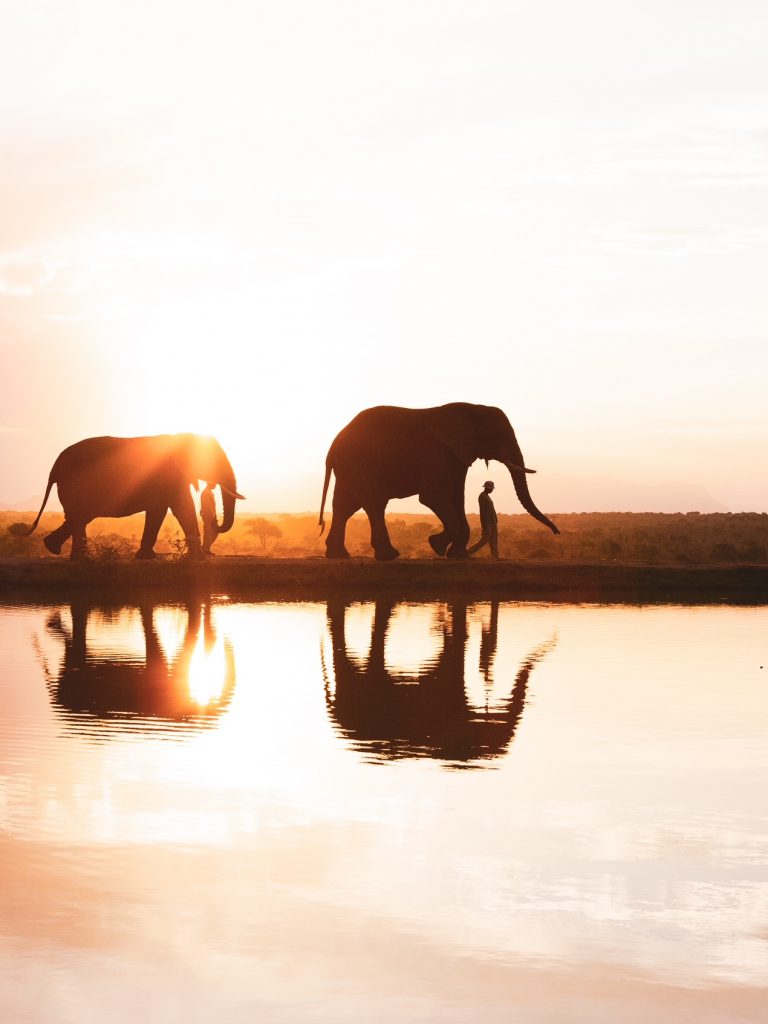
The herd are guided out of the stables and into the bush where they eat and roam freely. The carers walk alongside them, keeping their distance to allow natural herd behaviour. They walk all day amongst the Acacia and Marula trees, passing by dozing giraffes and grazing zebras. They reach a dam in the early afternoon and the carers swap shifts while the elephants drink, swim and play in the mud. The sun has already fallen behind the horizon by the time the herd reaches the stables. Towering silhouettes against the warm pink and orange sky.
I sit with HERD Elephant Manager Matipedza Tigere, AKA Tiger. He tells me he’s been working with elephants since he was a young man living in Zimbabwe.
“I got involved with elephants when I was 18,” he says. “It was an agricultural farm, but they had twelve elephants rescued from the culling operation.”
The farm shut down in 2002 due to the land reformation process. As a result, the herd was relocated to South Africa’s greater Kruger National Park where they were introduced to young Jabulani, who was welcomed lovingly into the herd. In 2005, Tigere followed the herd to South Africa and continued working as a carer, which he intends to keep doing for the rest of his life.
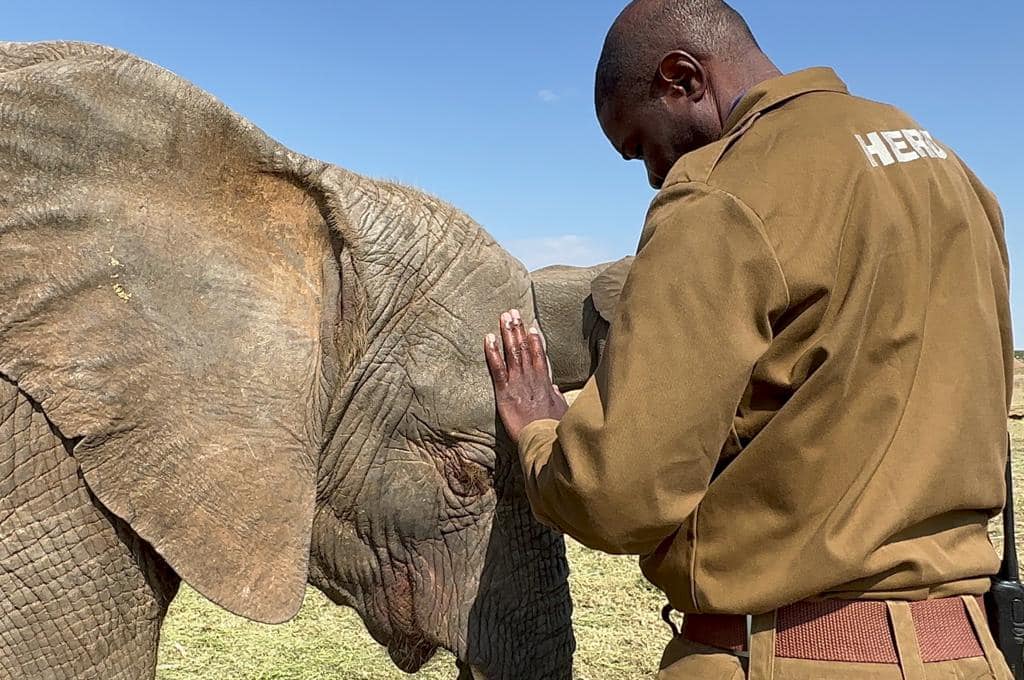
“I’ve dedicated myself to elephants,” he says. “I don’t see myself ever doing anything other than looking after elephants.”
He explains that the team is able to conduct stress tests on fresh elephant dung, which has enabled them to compare the stress levels of the rescued herd to those of the wild herd.
“The stress test results were amazing!” He says. “These guys were even less stressed than the wild elephants. That’s how we gained more confidence in what we are doing. I’m here as an Elephant Manager and my job is to make sure we are doing the right thing.”
He pauses and I listen to the rain falling on the shed roof as he considers his next words.
“The most important thing is to respect an elephant. The more you respect and love them, the more they will respect and love you in return.”

I nod because I understand this, I see this every day. The love and patience the carers have for these animals is unmistakable, and an elephant’s obvious reciprocation of trust and respect is a very special thing to witness.
Godknows is another valued carer in the HERD team. He’s walking the afternoon shift today so we sit outside the stables in the morning sun and watch the herd disappear into the bush with the morning walkers. I can still make out Sebakwe’s rump as he ambles through the scrub, bringing up the rear of the herd. Godknows tells me he’d “never dreamt of working with elephants”.
He also grew up in Zimbabwe where he gained plenty of safari experience, however, the safari he worked for didn’t involve elephants. Similar to Tigere’s experience, the company shut down in the early 2000s due to land reformation and economic and political stress.
“I was jobless for a short while,” he says. “I heard about the team from Zimbabwe who had come to South Africa, and I knew the person running the Jabulani elephant programme, so I was offered an opportunity to do my elephant training here.”
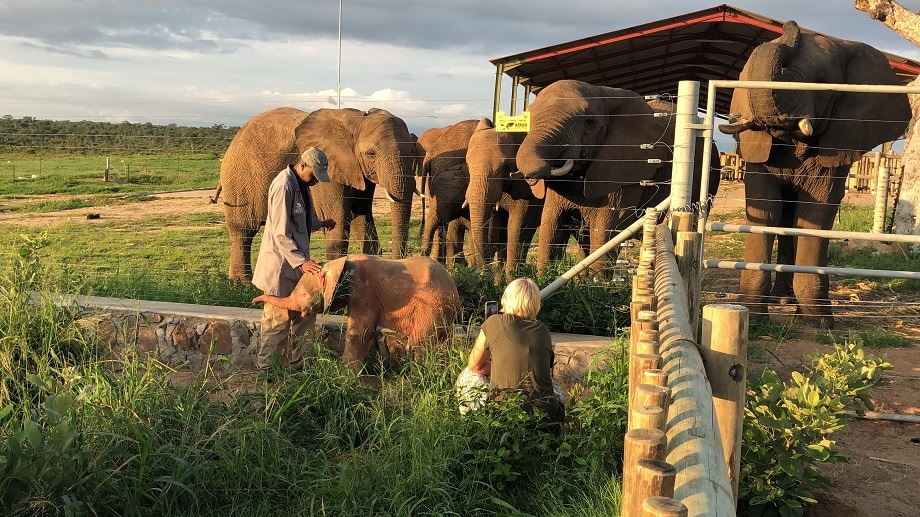
The elephants were under the care of Jabulani before being moved to the guardianship of HERD Trust, which formed in 2021. Godknows spent three months of 2003 doing his elephant training at Jabulani and then worked as an elephant carer at three different South African reserves before returning to the Jabulani elephants in 2010.
I watch as warthogs, baboons and zebras begin to approach the remains of the elephants’ breakfast. I notice the different methods of attack. The warthogs are unfazed by our presence, the whole family strides in confidently and begin helping themselves. The baboons are cheeky, they run in to snatch a handful and then abort to safer ground, stuffing their mouths like a toddler with a cookie. The zebras hold back, watching with caution, ears pricked forward.
Godknows and I observe the feast in silence for a few moments and then I ask him what his favourite part about his job is. He smiles as he thinks.
“That you get to understand everything about the elephants. Having such close contact with them,” he says. “And during Elephant Moments I get to meet people from all over the world and learn about different cultures.”
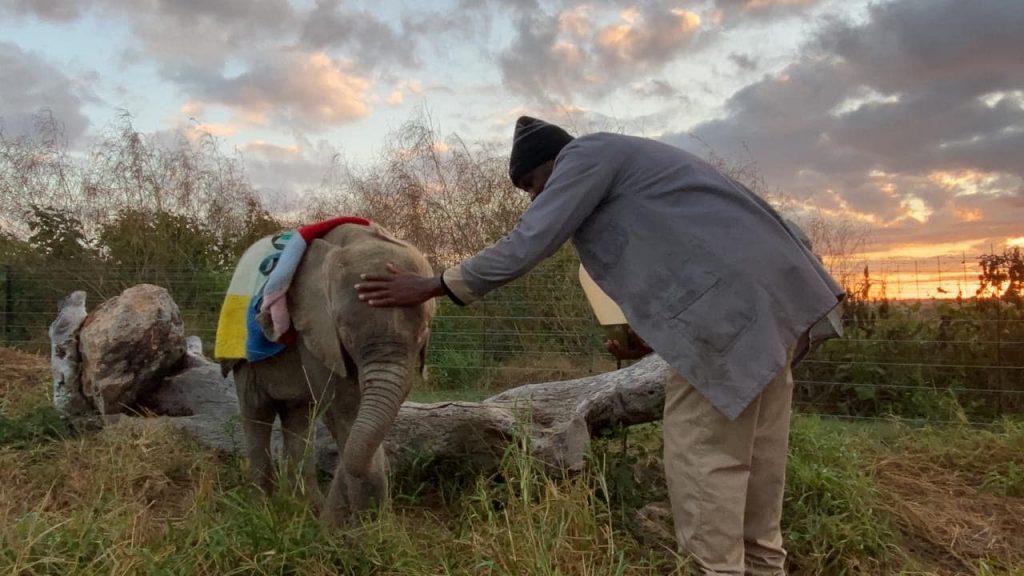
Elephant Moments is an opportunity for guests to visit the HERD stables and meet three of the older bulls before they head out for the day. The carers tell the story of how this herd evolved and provide education and awareness about the species before introducing the guests to Jabulani, Somapane and Sebakwe.
I ask Godknows about the future of the herd and how easy it will be to reintegrate them into the wild.
“It’s not on the table yet, but it’s definitely the end goal,” he explains. “We need a specific place to take them, we can’t just let them go here. These elephants are now habituated, they have lost their fear of humans which makes them potentially dangerous. They know buildings and houses are associated with food and they aren’t afraid to approach vehicles on game drives. When we release them, it needs to be done in a place that has less human interference and infrastructure.”
The carers are always observing the social structure of the herd to understand which elephants are more connected so that when it comes to releasing them, they can do it gradually and delicately so as not to cause stress.
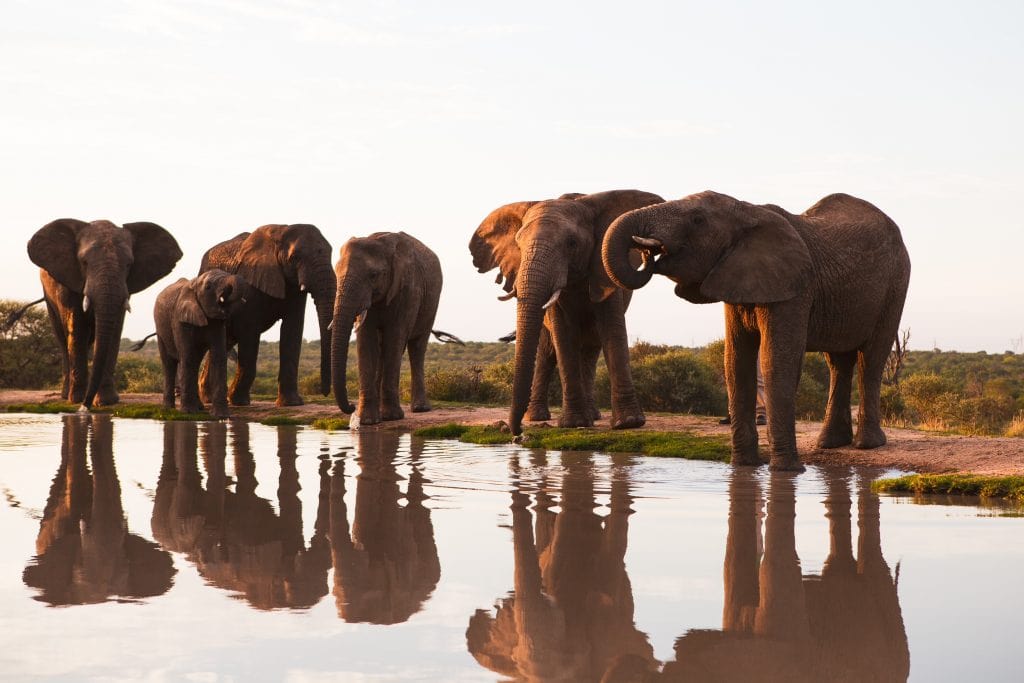
They also need to keep in mind that when a new orphaned elephant is taken in, there needs to be a herd to adopt it. This means that the reintegration process will need to be staggered to allow the programme to maintain a safe and sustainable environment for an orphaned calf to be welcomed into.
The HERD carers have dedicated their lives to the protection of these elephants. They walk all day alongside the herd, amongst the herd. Guiding them, calming them, and keeping them out of trouble.
There are many things that will take your breath away in the South African bush, but witnessing and understanding the authenticity and the depth that exists within the relationship of an elephant and carer is a truly profound experience.
Help support HERD and the elephants through donations > or by adopting an elephant >





